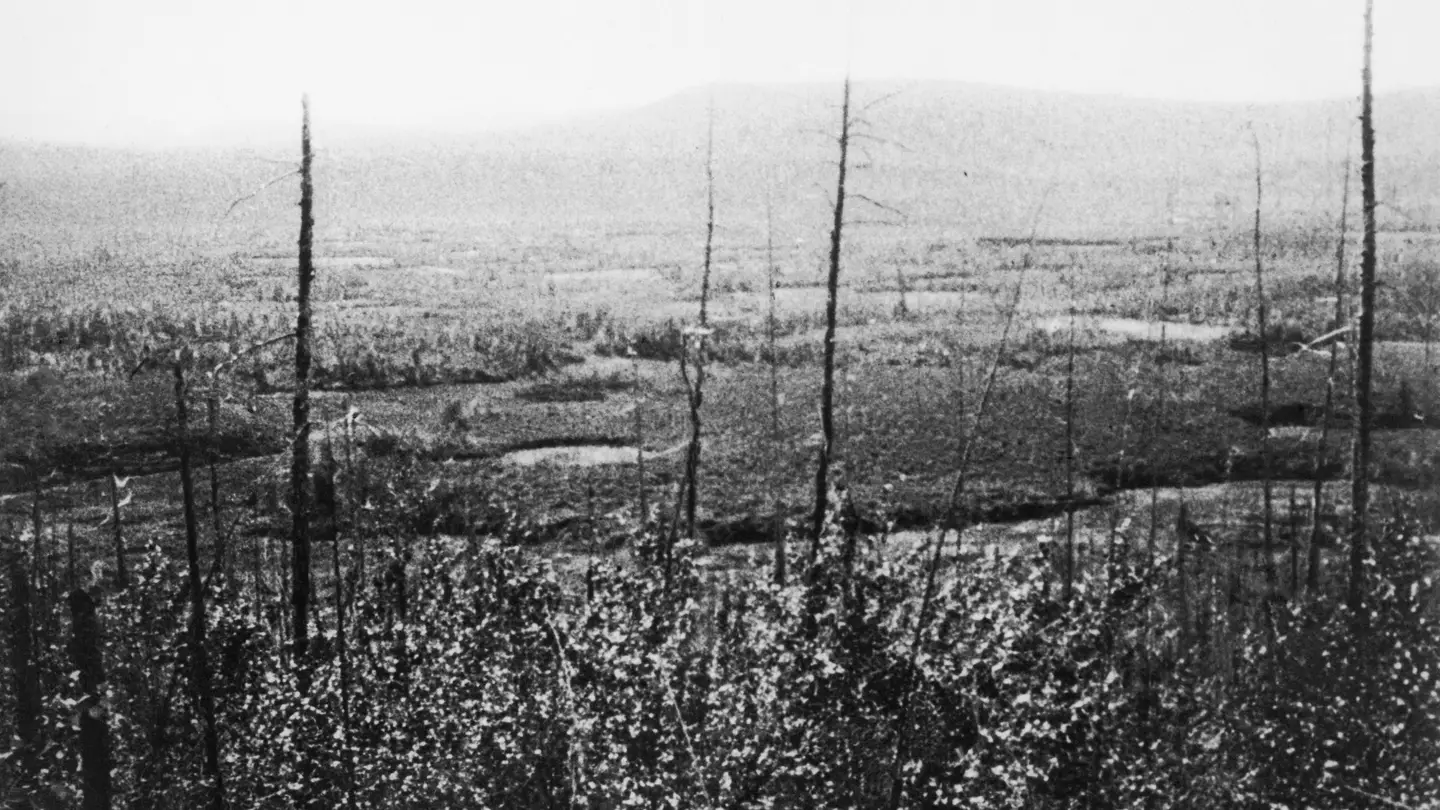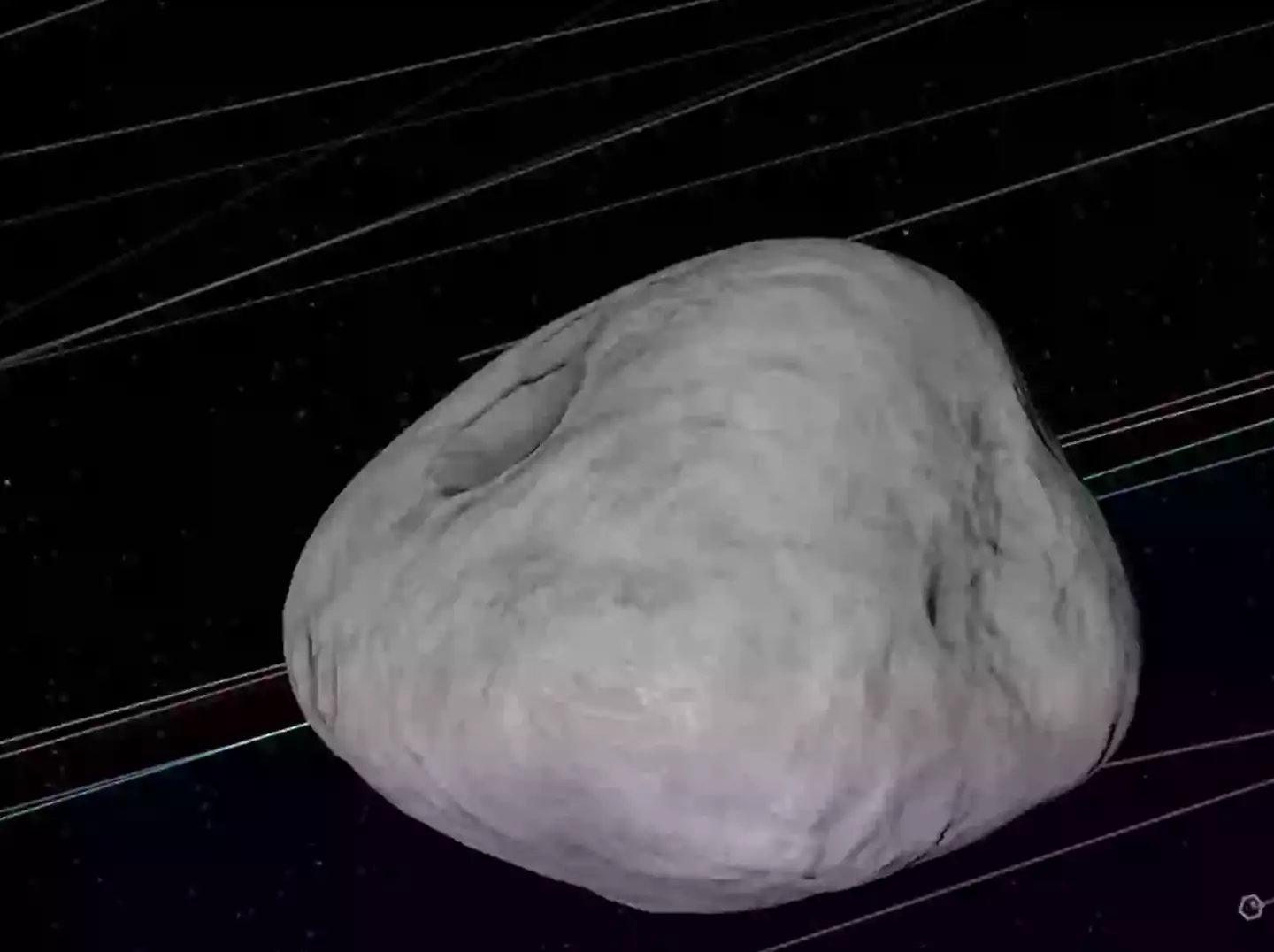
The impact made by an asteroid of a similar size to asteroid 2024 YR4 is enough to send chills down your spine.
In case you missed it, the celestial object was recently upgraded from a 2.3 percent chance of hitting our planet in 2032 to 3.1 percent.
Before you start preparing for the worst, an update has since been issued by NASA's planetary defense, reading: "Observations made overnight on Feb. 19 - 20 of asteroid 2024 YR4 have further decreased its chance of Earth impact on Dec. 22, 2032, to 0.28%."
Advert
Its relatively low chance of impact will be welcomed, as former figure was reported as the 'highest risk ever' recorded by the space agency.
Though chances of 2024 YR4 hitting the Moon have increased to one percent.
The space object is estimated to be anywhere between 40-90 metres (130-300 feet), meaning that it could be around the same size as Big Ben.
Advert
It's currently heading away from Earth, and while it is available to be studied in the meantime, after May scientists will no longer be able to observe it.
They will have to wait until 2028 for the next opportunity, where it may be on a collision course.
Luckily though, astronomers are peering into space with the assistance of the James Webb Space Telescope, the most powerful of its kind, to learn as much as they can about the object.
But what about the last time something like this happened?

Advert
The Tunguska event is the single largest impact event in recorded history, and it occurred in 1908.
Much larger impacts happened in prehistoric times though, just ask the dinosaurs.
What is the Tunguska event?
On 30 June 1908, a large explosion (between three and 50 megatons) near the Podkamennaya Tunguska River in Yeniseysk Governorate, Russia, shook the world.
Scientific research around the event suggests that up to three people may have died, and that the meteor air burst by an asteroid six to 10 km (four to six miles) above our planet's surface while travelling at a speed of around 11 km/s, or seven mi/s.
Advert
Its impact flattened 1,287 square kilometres of forest, destroying 80 million trees - the area is equivalent to a large metropolitan area.
For reference, New York City is just 783.8 square kilometres in size. In other words, its lucky that the asteroid landed in a largely rural area.

How severe was the impact?
The asteroid was estimated to be around 50-60 metres (160-200 feet) wide, meaning it could be even smaller than asteroid 2024 YR4.
Advert
While a direct angle impact would have been the most severe, it is believed that the asteroid hit our planet at an angle of 30 degrees, exploding at an altitude of around six miles.
The shock wave and heat blast were heard and felt up to 1,000 kilometres away, with the seismic shockwaves even recorded by those in the UK.
However, it's worth noting that when it comes to 2024 YR4, astrophysicist Neil deGrasse Tyson said that 'if it were to strike the Earth it would be a localised event'. So while devastation could be caused in the area around the impact, it would - thankfully - not be an end-of-civilisation incident.